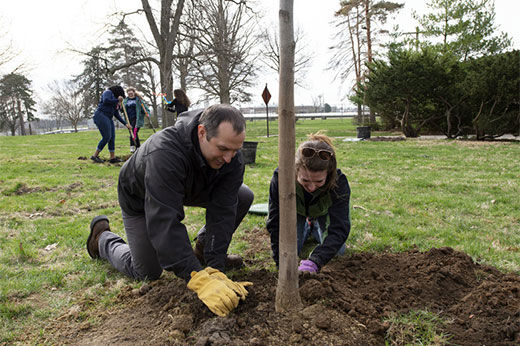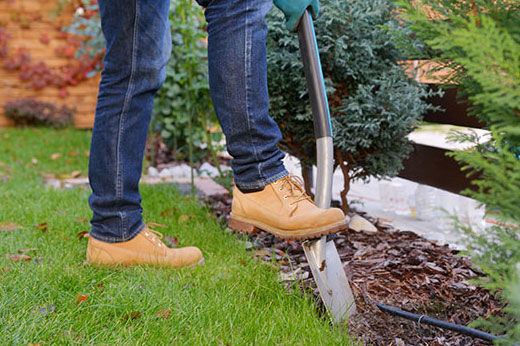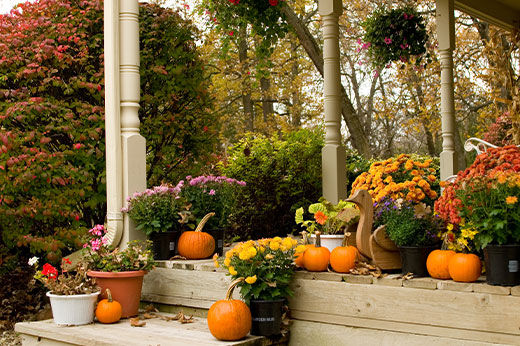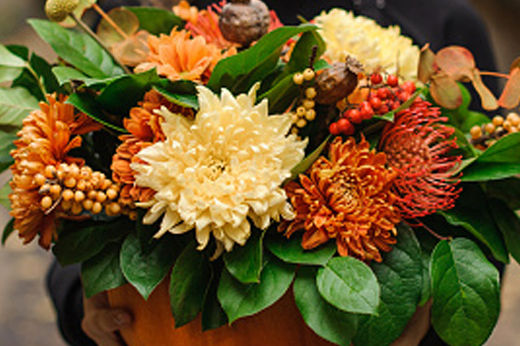How to Prune Bushes

We’ve all seen those beautiful old brick homes covered in ivy or a stunning old Victorian home surrounded by plants and shrubs growing all over them. While crawling wisteria and curtains of draping ivy can certainly look lovely, there are some good reasons why pruning trees, shrubs, and bushes are good for your plants.
Why Prune
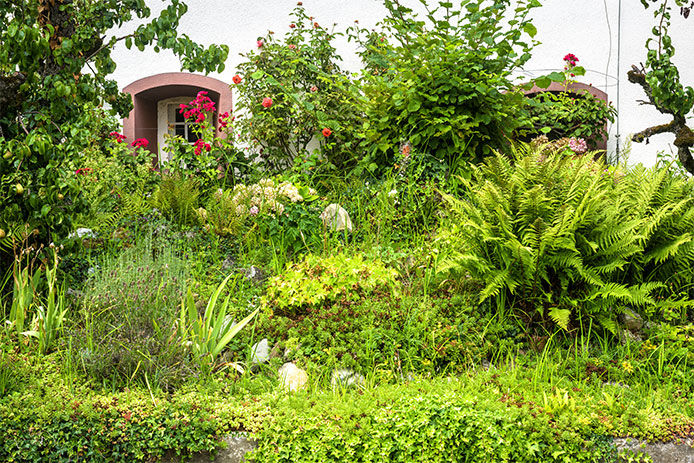
If planted too close to the house or not kept in check, shrubs and trees can quickly take over a space and will eventually become too big to prune or control. Here are some whys and how-tos for pruning shrubs and trees away from your house.
Promote Plant Health
By cutting back overgrown branches and stems, pruning stimulates new growth.
Encourage New Growth
Pruning your trees and shrubs will also encourage more fruiting and flowering in the case of roses, fruit trees, and other flowering plants.
Maintain Shape
Pruning will help provide more air circulation and sunlight and improve the structural soundness of your plants.
Remove Damaged Materials
Removing damaged materials not only cleans up the appearance of the bush but also prevents the spread of diseases and pests. By cutting away these damaged areas, you reduce the likelihood of ongoing health issues and allow the plant to focus on producing healthy new growth.
There are some other good reasons to prune your trees and shrubs away from your home. Many people like to accent and decorate their yards and homes by planting trees and shrubs in front gardens or around the perimeter of the house. While this may look wonderful, it will require proper pruning maintenance to ensure that your plants don’t damage your house. Certain trees and shrubs, such as wisteria and climbing roses, are particularly notorious for damaging your house. Instead of letting them climb up your house, build them a proper trellis or another structure that they can safely climb up without damaging the house.
When to Prune Shrubs and Trees
Prune deciduous trees and shrubs in late winter or early spring when the plant is dormant to avoid too much stress on the plants. For needle-bearing evergreens, also prune in late winter or early spring when they are dormant. For flowering trees and shrubs, do not prune in the winter. Instead, prune immediately after the blooming cycle ends.
Pruning vs Trimming Shrubs
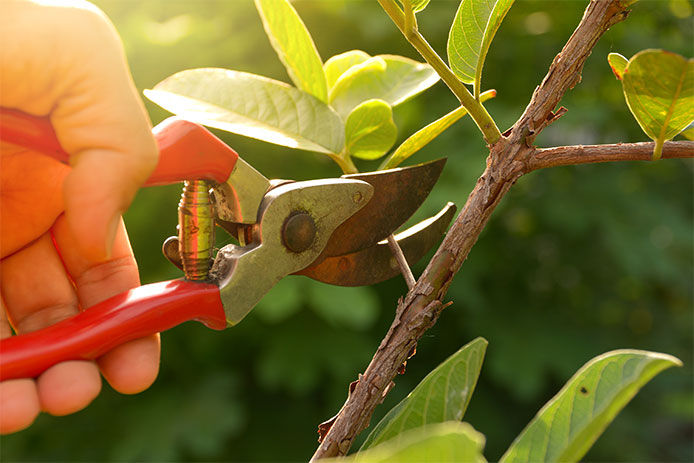
Generally, proper pruning is done to support the health and growth of the plant, while trimming is done for aesthetic or practical reasons.
Essential Tools for Pruning Shrubs, Hedges, and Trees
To start pruning effectively, you need the appropriate tools. Depending on the task's scale, consider the following:
Hand Shears: Ideal for small, precise cuts.
Gardening Shears: Suitable for general pruning needs.
Hedge-Cutters: Best for shaping and trimming hedges.
Wood-Clippers: Necessary for thicker branches.
Power Trimmers: Efficient for large-scale jobs.
Find all of these tools at your local Do it Best store!
How Do You Prune Shrubs and Trees?
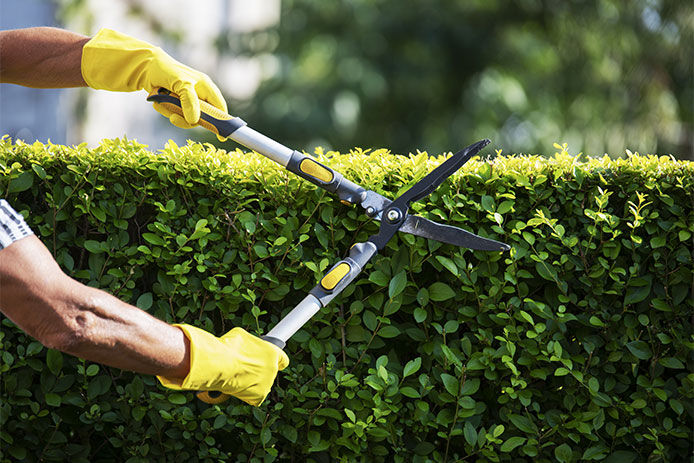
Pruning trees and shrubs is unfortunately not a one-size-fits-all procedure. Different plants require different ways of pruning, times of year for pruning, and different amounts of vegetation pruned off. Always check first before pulling out the shears to be sure you prune according to the needs of your particular tree or shrub.
1. Clear the Branches
To prune, begin by cutting away dead, diseased, or damaged branches. Aside from being an eyesore, these unhealthy branches can harbor diseases and pests, so it’s best to get them out of the way.
2. Make the Cut
Make a clean cut with your tool just above the branch collar, or the bump between the branch and the main trunk. By doing this, you give the branch a chance to grow back or callous over and heal. Always cut branches on a slant so that rainwater slides off the cut and prevents fungus or disease. You can also use this technique to prune back large branches or growth that is rubbing up against the house to protect the house and keep your plants healthier. Remember to prune back from the side of the house at least 6 inches.
3. Watch for Lower Branches
Prune the lower branches of trees that may be too close to the house to encourage growth that goes upwards and away from the house. After you’ve done the pruning, trim away lighter foliage and branches away from the house so that there is adequate space.
